How Does The Knight Move In Chess? [Complete Guide]
There is a unique movement for each piece in chess. Among all chess pieces, the knight has the most distinct movement, which makes it a confusing piece to play for beginners.
Two squares in any direction are moved vertically by knights, while one square is moved horizontally by knights. In terms of movement, a knight moves like an ‘L-shaped’ figure. Jumping over other pieces is allowed while the knight is moving.
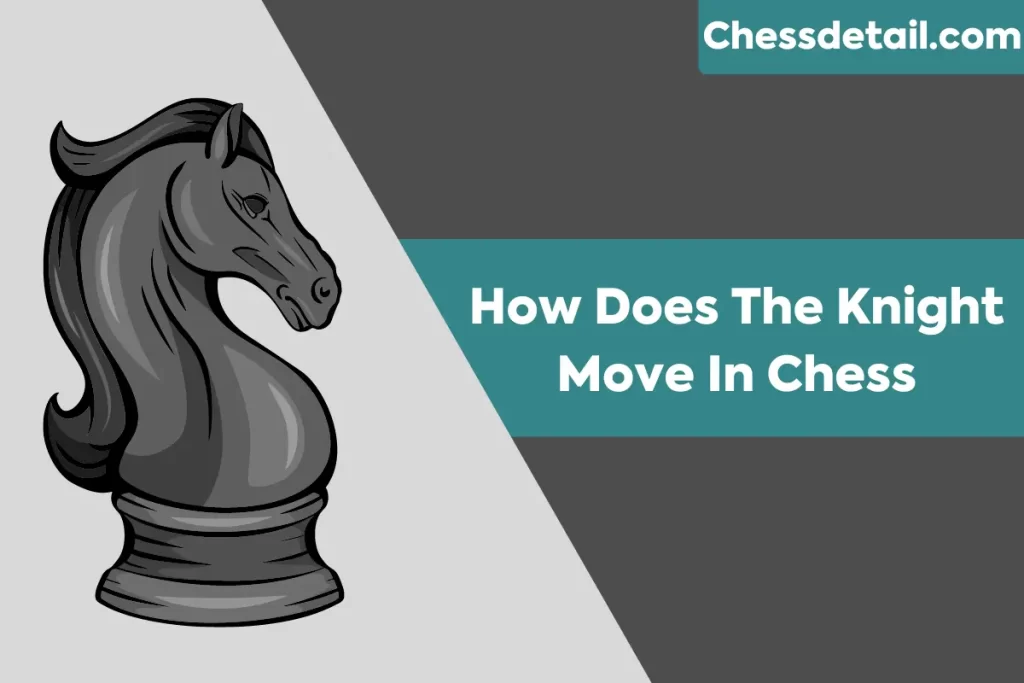
How Does The Knight Move In Chess
In spite of being able to move past other pieces, the knight will only be able to move to squares that are unoccupied. Both pieces of the same color and pieces of the opponent are able to be jumped over by knights. Throughout this article, I will answer all your questions about knight movement in chess. Make sure to read all the way to the end!
What Is a Knight?
Chess knights are traditionally shaped like horses in the shape of the game’s pieces. Two knights are given to each player at the beginning of the chess game. The knights should be placed between the bishop and rook closest to each player when setting up your chess set. Unlike bishops, chess knights have a three point value, making them the same value in relative terms.
The Knight Moves In An L-Shape
One of the most difficult things about playing chess is memorizing your moves as a knight. This special piece has an L-shaped move, so don’t worry if you forget it at first. A visual reference may be more helpful.
In the diagram below, a knight is shown making all the following moves:
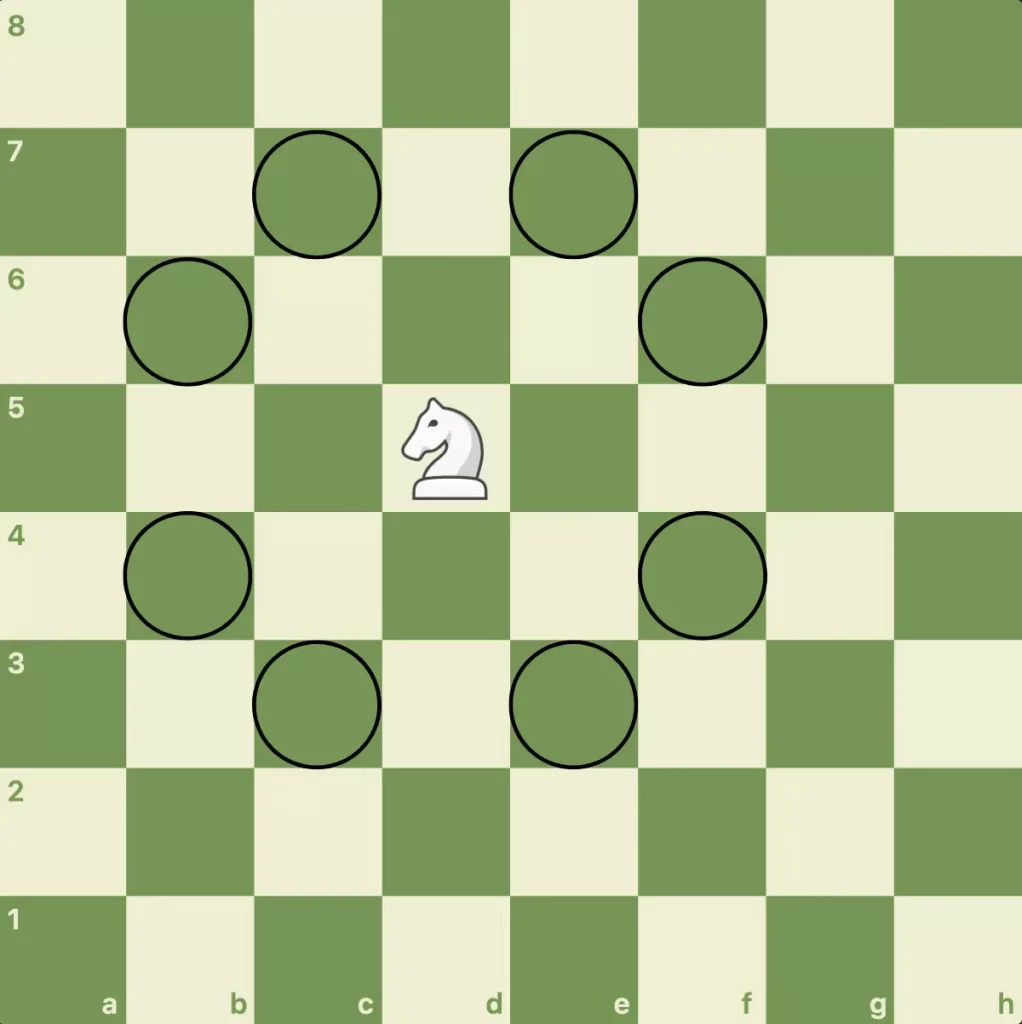
The knight moves in an L-shape, in any direction!
Whenever the knight moves in any direction, he takes two steps, then one in the opposite direction. You can memorize the moves by using the following image:
| Knight Move | Is Followed By (Choose One) |
|---|---|
| Two steps up | One step left |
| One step right | |
| Two steps down | One step left |
| One step right | |
| Two steps Left | One Step up |
| One Step down | |
| Two steps Right | One Step up |
| One Step down |
The following moves will appear in the right column if you select any two-step move from the left column. Whenever the knight faces a direction, he has two options. You can, for example, choose to go left or right if you go up two steps!
Can a knight move first in chess?
There is no rule prohibiting a knight from moving first in chess. Most players prefer to move their knights instead of pawns on their first move since players can only move pawns or knights on their first move. When a piece is developed, it is taken out of its original square and placed on an effective square on the board.
In order to gain control over the center of the board, the knights and bishops should be developed first, followed by the queen and the rook.
Can a knight jump over 2 pieces?
It is possible for the knight to jump over two pieces as long as they are on the knight’s path of movement’s first and second squares. Knights cannot be placed on the same color piece if that piece occupies its landing square.
Landing squares are where the pieces are placed after moving during the final phase of a move. According to the standard rules, your piece cannot be moved to a square already occupied by another piece.
In chess, we call this capturing or taking a piece (or killing a piece) when the opponent’s pieces occupy that square.
What are the chances of a knight moving when blocked in chess? The knight can capture the opponent’s piece and occupy the landing square if the opponent’s piece occupies it. It is not possible for the knight to move to the same square if the square of the same color occupies the landing square. It would then be viewed as an illegal move since it would violate the standard rules.
Knights Can Jump Over Other Chess Pieces
During the first turn of a chess match, players are allowed to move their knight. In addition to moving two squares up, the knight can move one square left or right after jumping over pawns of their own color.
There are other moves that white could make on its first turn other than pawns:

A player can move their knight on their first turn in chess
Knights have the ability to jump over other pieces consistently, making them one of the unique chess pieces. Knights are the only pieces that can jump over one another in chess. It is possible to castle and jump over a king by a rook, but these are the only exceptions to this rule. Compared to other chess pieces, this could give them an advantage.
Why does the knight move in an L-shape?
Did you ever wonder why knights move in an L-shape? During medieval times, there was a lot of warfare! Overcoming obstacles and crossing fields would be required of knights. In a straight line, they have the best chance of avoiding enemies on the left or right, but they would leave themselves open to attacks. To see what’s coming at them, they shaped themselves in an L-shape, so they could attack instead. Isn’t that an interesting story?
Knights have different styles and can’t predict their movements because they are unpredictable. Being able to find ways around enemies’ defenses while keeping your own king safe is the key to fighting with a knight against an opponent without any other pieces.
Attacking With The Knight
The knight has the same abilities as the other chess pieces, including attacking and capturing. Any piece that can move can be attacked by the knight. Using the diagram below, a knight can move to e7 to block an opponent’s rook. This square can be taken by the knight if he moves to it:

Where it is possible for the knight to move, it attacks other pieces
Are you aware of the fact that knights can jump over other chess pieces while they are in motion? When attacking, you can also take advantage of that ability. Knights can attack past other pieces of chess, so they can attack past other pieces of chess. Even escaping the inevitable knight attack would be impossible if other pieces surrounded the same rook from the previous example:

Knights are capable of jumping over other pieces to attack!
You can attack past any piece, regardless of whether it is your own or your opponent’s. Using its jump moves, the knight can attack over any color piece on the board. In terms of its default movement, this makes it an unusual chess piece.
Knights Don’t Have Any Special Movement Rules
It is definitely impressive that the knight can jump over other chess pieces, but the knight’s rules aren’t unique. There is no castling with knights; neither are they able to make en passant moves, nor can they be promoted to a stronger piece. Nevertheless, when the pawn reaches the other side of the board, it can promote into a knight. It is not very common for pawns to be promoted into knights, but it does happen. Therefore, there is no limit to how many knights a player can place on the board simultaneously.
Promoting a pawn into a queen is usually a better idea. Underpromotion refers to transforming a pawn into a weaker piece by promoting it into a knight. It may make strategic sense to do this depending on the board situation. Knights that are able to checkmate the opponent’s king quickly are examples of such knights. Beginners do not need to know about that very rare situation circumstance.
How to make Good Knight Moves?
By chess metrics, knights are equally valuable as bishops and three pawns. In closed positions, knights excel at jumping over other pieces, whereas pawns face-off, and there is limited mobility on the board; in open positions, knights excel at jumping over other pieces, but not over other pieces.
The journey of a knight can be long, even over short distances. The noble steed travels in unique directions, making a diagonal move that would take only two moves, with a bishop taking four moves. Straight forward movement of three squares requires three moves.
Putting your knights in the middle of the board is the best way to make use of them. A knight on the rim is dim because it only covers 4 squares compared to a knight in the corner.
Different Tactics using By Knights
If you’re facing tough opponents, you need to learn the principles and tactics of using your knights! Here are some of the tactics:
Occupy the center of the board:
When compared to bishops or rooks, knights can only move three spaces at a time, unlike bishops or rooks, who can move all the way across the board in one turn. The center position of the board is the most effective place for knights since the center position maximizes their moves. In contrast to knights that are placed on the edges of the board, knights positioned in the center can attack eight squares at once. Knights in corners only have two options.
Find outposts by:
Ideally, knights should be placed in the middle of the board, but they can also be attacked by your opponent here. If your opponent’s pawns can’t easily attack the center of the board, it’s helpful to seek out areas that are not easily attacked. As your opponent’s pawn structure develops, you can often find great knight outposts in holes in his pawn structure. In addition to stifling the opponent’s development, occupying a strong outpost can be an effective strategy for eventually attacking the king.
Early development is key:
The cultivation of knights is an important aspect of the chess game. You can develop knights before your own pawns in the game. A white knight can make the first move of the game. Controlling the center of the board can be achieved by developing your knight early. It is common for knights to move before queens or rooks. As chess rules require you to develop the knight and the bishop before castle building, a promptly developed knight allows you to castle early (the knight, bishop, and queen must be developed before castle building queenside).
Traps are everywhere:
Knights are particularly susceptible to traps because they have a limited number of movements. The next move for a knight is to move to a dark square if it is on a light square. Knights would be especially vulnerable to being captured by dark-squared bishops in that scenario since their squares are limited, limiting the number of squares that they can potentially occupy.
Use forks to your advantage:
With their unique movement patterns, knights are particularly well-suited to executing a fork or attacking two opponent pieces simultaneously. Even if the white king and queen are far apart, a black knight can attack them both simultaneously if he is controlling them.
Faqs [Frequently Asked Questions]
There are many people who have questions about knights when they are just starting to play chess. Listed below are the most common questions we receive. Let me know if yours is missing, and I’ll get back to you as soon as possible!
Question 1: Can A Knight Move Backwards?
Answer: The knight can perform an L-shaped motion when he moves backward. In order to move backward, a knight must move two squares backward, followed by one square forward or leftward. Chess rules prohibit knights from moving backward straightly.
Question 2: When can knights not move?
Answer: The black circles on the diagram represent the eight possible moves for the knight in the center of the chessboard. Knights can capture target squares occupied by the opponent’s pieces; if pieces of their own color occupy those squares, they cannot move there.

Question 3: Why does the knight move in an L?
Answer: Through the L-shaped maneuver, it has access to eight. The knight would also always be restricted to the color squares it started with if it only moved two squares in any direction, straight or diagonal. Both of these attributes would make the piece significantly weaker compared to the bishop, its minor piece counterpart.
Question 4: What happens when a knight reaches the other side?
Answer: Knights remain, even if they reach the other side. Only one piece changes when pawns reach the opposite side of the board on the last square. In chess, pawn promotion occurs when your queen, knight, rook, or bishop reaches the last square, replacing the pawn with your new queen, knight, rook, or bishop.
Question 5: Can A Knight Move To Every Square?
Answer: When all squares on the chessboard are unoccupied, the knight can move to every square within six moves. Neither black nor white squares are off limits to knights. Chessboard squares can be visited by knights multiple times in a variety of ways. Many centuries have passed since mathematicians studied this problem.
Question 6: Can a knight check be blocked?
Answer: In order to prevent an opponent’s king from castling once it moves, you can use this to block a knight’s check. The king in your opponent’s hand can only move if your knight checks it unless you can capture it.
Wrapping Up
You should know about this overview of the knight moves in chess. Now that you know how chess knights move and what they can do, you can make better use of them. It’s that simple! It would be helpful if you shared this article with others.
You may also be interested in my different chess articles, such as Chess Tournament Rules and How Does The Pawn Move In Chess if you are seeking chess gear to start your chess learning process.

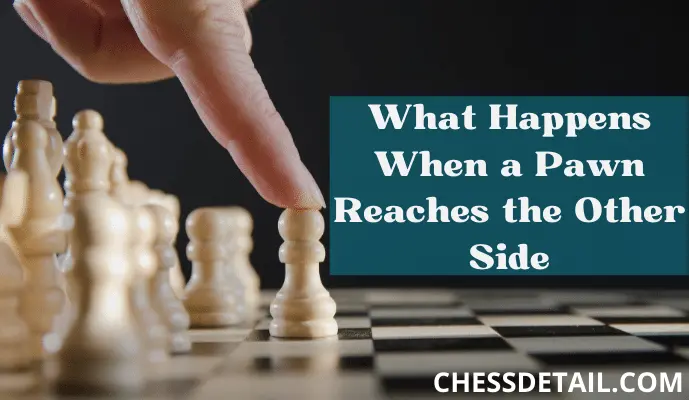
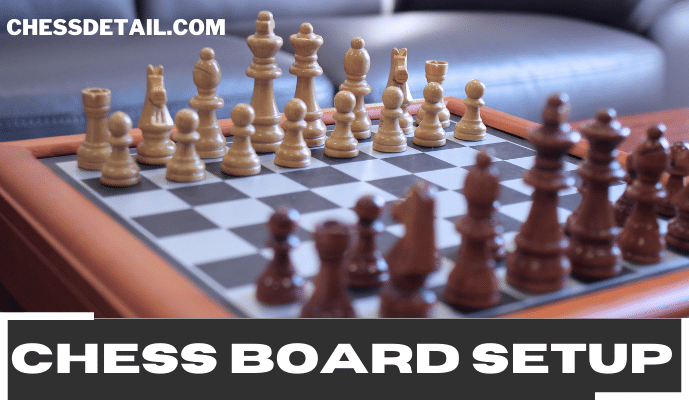
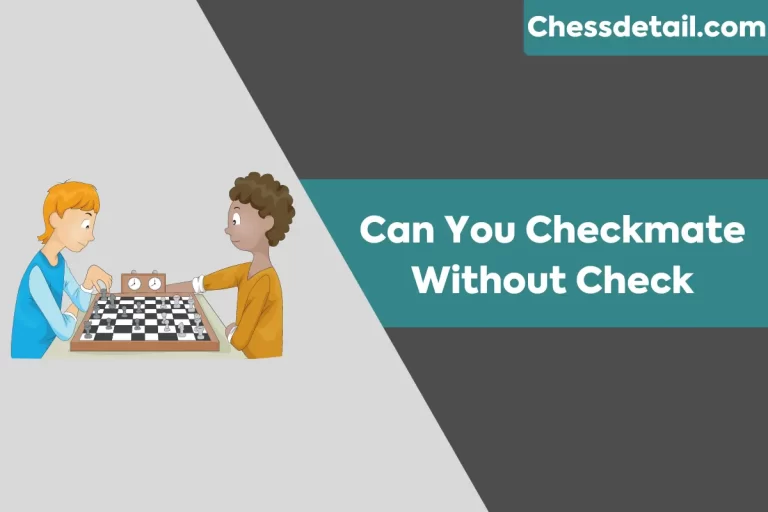
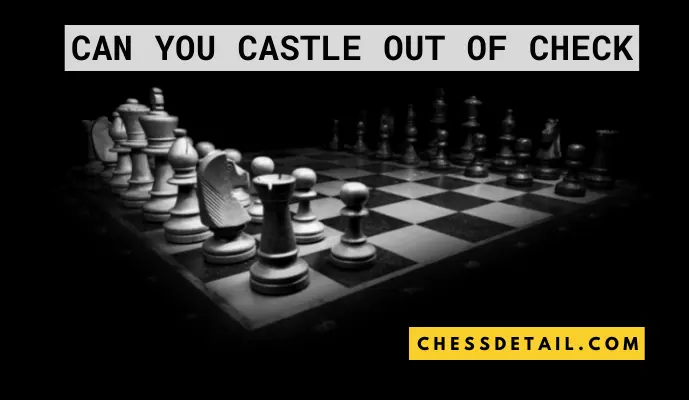
![Chess Piece that Moves Diagonally [Explained all 4 Pieces]](https://chessdetail.com/wp-content/uploads/2022/06/Chess-Piece-that-Moves-Diagonally.webp)
